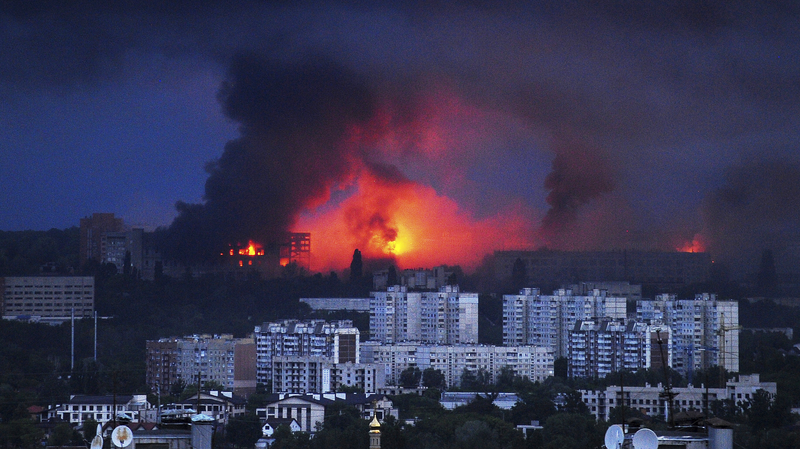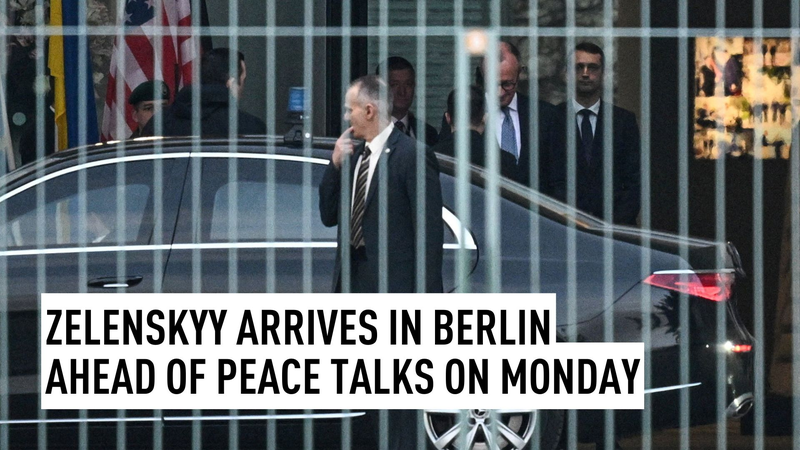Kharkiv, Ukraine's second-largest city, endured the fiercest Russian assault since the conflict expanded. Late Friday and into Saturday, over 206 drones and multiple missiles pounded residential and industrial zones, leaving at least four dead and more than 60 injured, including a baby.
Mayor Ihor Terekhov described the overnight barrage—launched from across the Russian border—as the most powerful attack Kharkiv has seen since the full-scale invasion began three years ago. Governor Oleh Syniehubov confirmed a civilian industrial site was struck by 40 drones, one missile and four guided bombs, sparking a fire that rescue teams continue to clear.
Ukraine’s air defenses demonstrated resilience, shooting down 87 of the attacking drones. Officials used electronic warfare tactics to misdirect another 80, minimizing damage from those craft or intercepting non-explosive simulators sent by Russia.
President Volodymyr Zelenskyy condemned the onslaught as a brutal act of violence, highlighting the human toll of a war that has reshaped life on both sides of the border. Moscow’s Defense Ministry, however, framed the operation as a targeted strike on Ukrainian ammunition depots, drone workshops and repair stations, following recent drone raids on Russian infrastructure.
As Kharkiv’s residents assess the damage and aid workers mobilize, the attack underscores the war’s evolving dynamics: a mix of high-tech drone swarms and traditional airstrikes testing Ukraine’s defenses while inflicting civilian suffering far from the front line.
For young global citizens tracking this conflict, the numbers tell a story of adaptation and resilience: launching over 200 unmanned aircraft in a single operation, yet facing robust countermeasures that neutralized around 80 percent of the threat. The world watches as technology and human courage collide on a city’s streets once again.
Reference(s):
cgtn.com



